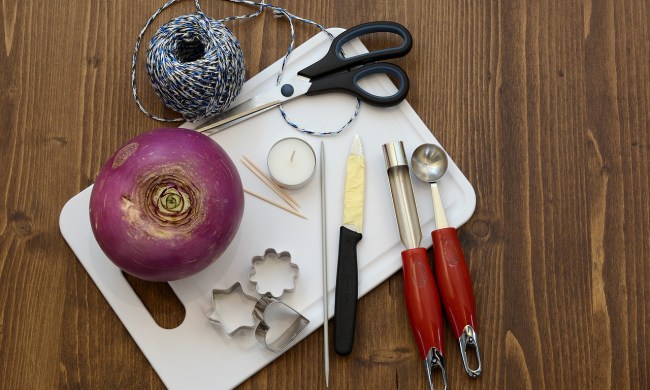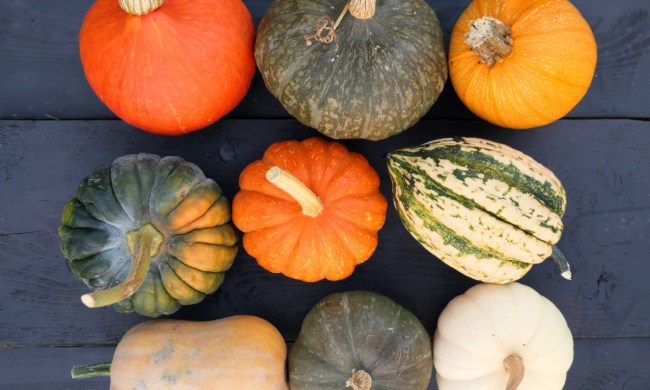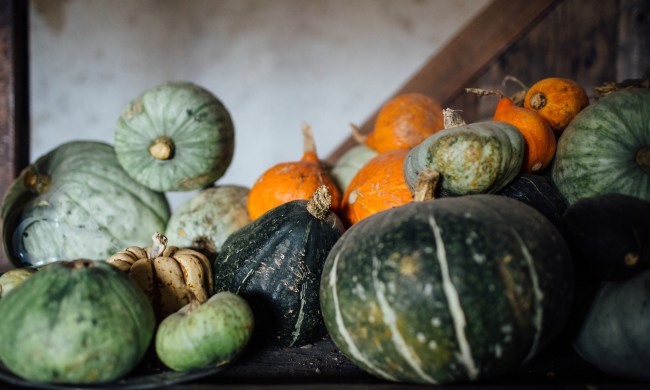It’s always exciting when peak pear picking season is in full swing. Finally, after all those months and possibly even years of hard work, you’ll (literally) get to enjoy the fruits of your labors! You can enjoy the first few pears you pick fresh, whether on their own or as part of a delightful fruit salad. However, after a few, you might start to wonder what exactly you should do with all of these pears.
Some pear trees can produce up to 50 pounds of fruit. That’s a lot of pears, even for the most avid pear lover! If you’re in need of some inspiration for what to do with pears from your harvest, we have some ideas for you.
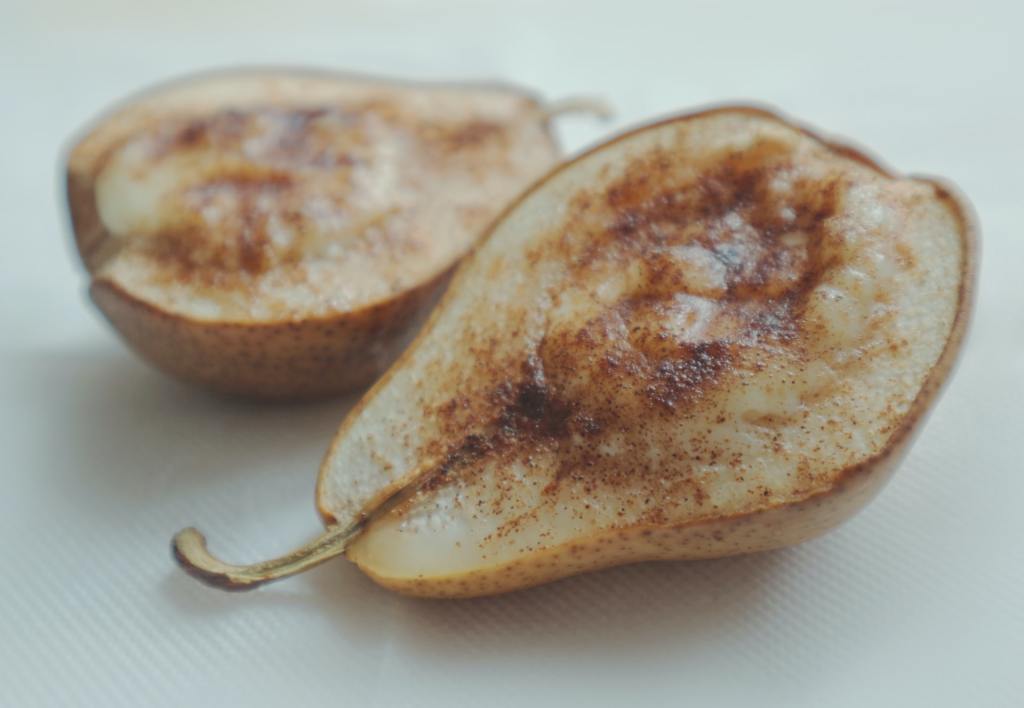
Cook and bake your pears
Pear season is typically around October, just when the weather is starting to get chilly. Sweaters are coming out of closets and hot drinks are being served at coffee shops. Here are some of the best ways you can cook and bake pears to get the most out of this year’s harvest.
Crisps and pies
As they say, there’s nothing more American than apple pie, but we want to challenge that with pear crisps and pies. These desserts (or morning coffee sidekicks) are sweet, soft, and spicy in all the best ways. For these types of recipes, it’s best to use firm pears that haven’t yet fully ripened. Pears that are too ripe will be gooey and turn to mush when baked. Firm pears will soften up in the oven while still maintaining a bit of their texture.
Mashed
This pear puree recipe by Martha Stewart turns overripe pears into a simple yet delicious pear dessert. All you need is ripe pears, pear brandy, and sugar. Sprinkle a little powdered sugar over the squares when serving, and you’re sure to impress your dinner guests!
Salads
Another way to eat pears fresh, without baking them with a lot of sugar, is to toss them in with a salad. There are many pear salad recipes, but it seems everyone’s favorite salad companion for pears is balsamic dressing and walnuts. Add some goat cheese on top of that, and you’ve got a gourmet salad. You can even add edible flowers from your garden for an extra pop of color! Be sure the pears you use are ripe; pears that are too hard might clash with the salad’s other textures.
Roasted
If you’re looking for an afternoon snack to accompany your spiced tea, you might want to try roasting pears. Simply halve a pear and bake it in the oven. When it’s nice and soft, serve it on a plate with a sprinkle of cinnamon, a drizzle of honey, and some chopped walnuts. It’s a sweet snack that doesn’t require any additional sugars. You could even serve these as a dessert with vanilla bean ice cream.
Sauteed
Sometimes preheating the oven can be annoying, but there is another way to cook up some pears in a sweet way. Sauteing pears in a bit of butter and cinnamon will fill the house with delicious smells as well as produce a soft and spiced pear that you can serve over ice cream, yogurt, or even just by itself in a bowl.
Poached
While poaching pears isn’t the easiest of tasks, we’re sure you’ll love this recipe by Giada de Laurentiis on Food Network. It uses ingredients like cinnamon sticks, honey, vanilla bean, ginger, and dessert wine to create a complex and mouth-watering dessert. It’s suggested to use firm pears that aren’t too mushy, or else they’ll fall apart while being poached.
Cheese board
Charcuterie boards have become one of the most popular food trends that people are constantly striving to perfect. The best part of these beautiful boards is the flexibility to add or subtract anything you want. Pears are often featured on cheese boards, and we highly recommend them. They’re a great way to take a break from intense cheeses and seasoned crackers.
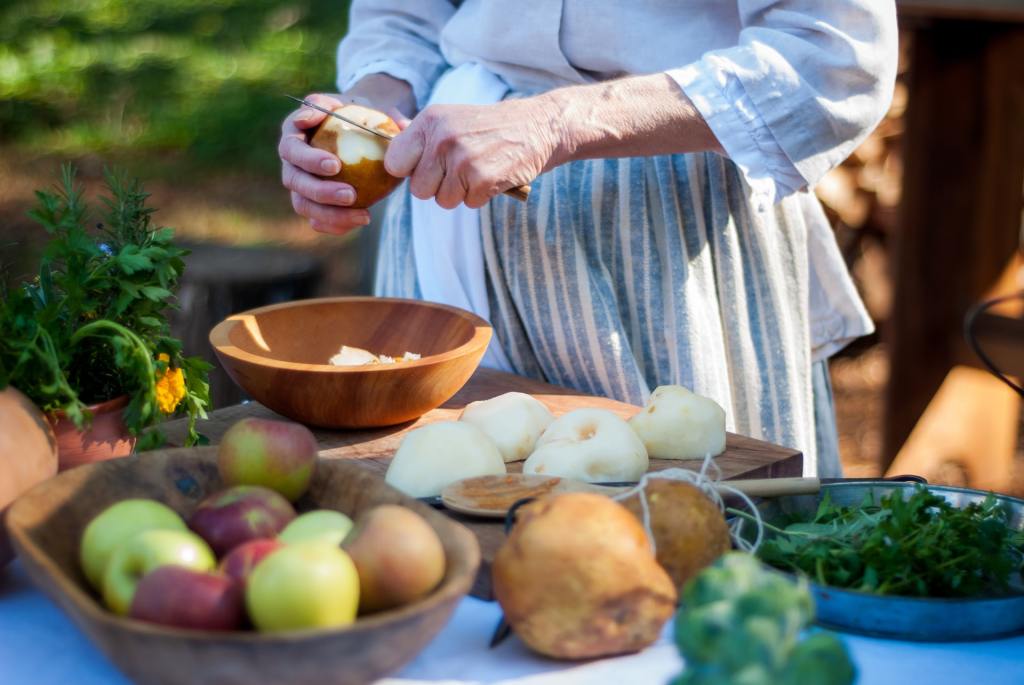
Preserve your pears
Even though the above recipes are sure to use up a lot of your pears, there’s sometimes just no way to use them all up. Of course, sharing them with friends and family is always a great way to spread the joy of fresh pears, but you might still end up with pears you haven’t used. This is where preserving your pears comes in handy.
Canning
The most obvious and popular way to preserve food is by canning. Many of us have probably eaten soft and delicious canned pears that come in fruit juice. You can easily make your own canned pears and enjoy your pears even in the depths of winter. Like the baked and roasted pear options above, it’s best to use pears that aren’t too soft when canning them. Canning means cooking them, and if they’re too soft, they will turn mushy and not hold their shape in the jar.
Dehydrating
While dehydrated pears won’t last as long as canned pears, they will still stay fresh in your pantry for much longer than a fresh pear. If you have a dehydrator, this task is as simple as slicing your pears and putting them in the dehydrator for 10 to 12 hours. If you have to use your oven, the process is precisely the same.
There are so many ways you can cook, bake, toss, slice, pair, and preserve your large pear harvest. We suggest trying out something from every method and sharing as much of them as you can. One of the best parts of producing your own food is sharing the joy with the ones you love.
